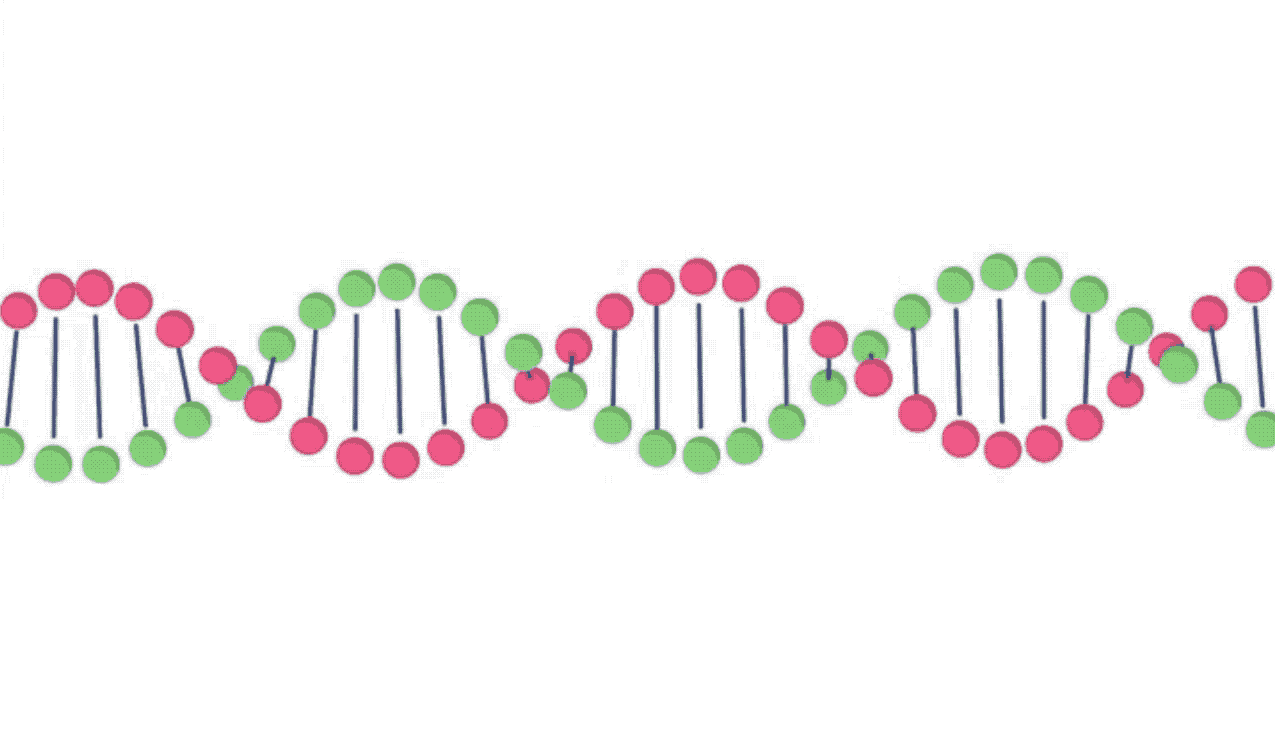What decides how DNA is read in your cells?

Your DNA has more than 20,000 different genes in it, each one with its own role to play. If we think of each gene as an individual person, it would take a fleet of more than 40 Boeing 747 airliners to carry them all.
In order to manage such an army of genes, your body has to be able to coordinate them and dictate both when and where each gene is to be used. There are many ways it does this, one of which involves coded messages within the DNA—regulatory messages that are capable of activating, suppressing, and even silencing genes. The discovery of such regulatory regions in our genome has helped scientists understand why some variants in the DNA are more impactful than others.
Your body regulates when and where genes are used
Each of your genes is like a recipe for building a protein. And just like when you’re cooking a meal, you don’t want to use every recipe in the cookbook all at once—there has to be some method for determining when and where to use them. If your “recipes” aren’t properly regulated, you could produce the wrong proteins in the wrong spots.
Before we go further, it’s necessary to explain how a gene turns into a protein in order to understand how this process is controlled. Specialized proteins known as polymerases are used for copying the DNA sequence into RNA, a process known as transcription. That RNA is then shipped off to other parts of the cell where it is used to build proteins. In order for a gene to be used at the correct time, the cell has a very important system in place to control and regulate this process.
There are many ways that a cell can regulate if and when a gene gets read. For now, we’re going to focus on a very common method which involves transcription factors and promoters. Promoters are stretches of DNA that can be recognized by a class of proteins known as transcription factors. These proteins interact with the DNA to orchestrate transcription (or block them from getting started). To put it more simply, transcription factors help draw attention to, or away from, certain genes.
As the starting point for every gene, the promoter is a natural place to control how much (or how little) a gene is read. To this end, promoters are often the target of multiple regulatory processes. A single promoter may be recognized by numerous transcription factors, each of which serves a different role in regulating the nearby gene—like controlling the gene in a time- or location-specific manner.
The relationship between a promoter and its transcription factors is a diverse and efficient method of regulation. Consider that a specific portion of a promoter may attract repressive transcription factors that effectively prevent a gene from being transcribed, or it can attract activating transcription factors that increase a gene’s usage. How the gene is regulated depends on which transcription factors are able to interact with the promoter. In cookbook terms, promoter sequences are kind of like descriptive notes (or bookmarks) that precede a recipe: “The kids love this,” or “Aunt Kate is allergic to the baked ziti.” Depending on the note, it can have a big influence over when and how you use the recipe.
The interplay between a promoter and the many transcription factors it interacts with is complex, and we still have a lot to learn about how they cooperatively regulate DNA. But we have learned that the promoter sequence can have a large impact on a gene’s usage. To boil it down, here’s what we’ve covered so far:

- Genes have instructions for building proteins.
- Polymerases are proteins that simply copy DNA sequences into RNA.
- Transcription factors help tell the polymerases what segments of DNA to read.
- Promoters help transcription factors know which genes to regulate.
Thanks to these regulators, your body is able to manage the activity of more than 20,000 genes in each of the trillions of cells that make make up your body. It may be complex, but there is a certain level of beauty in the well organized structure of our genome.